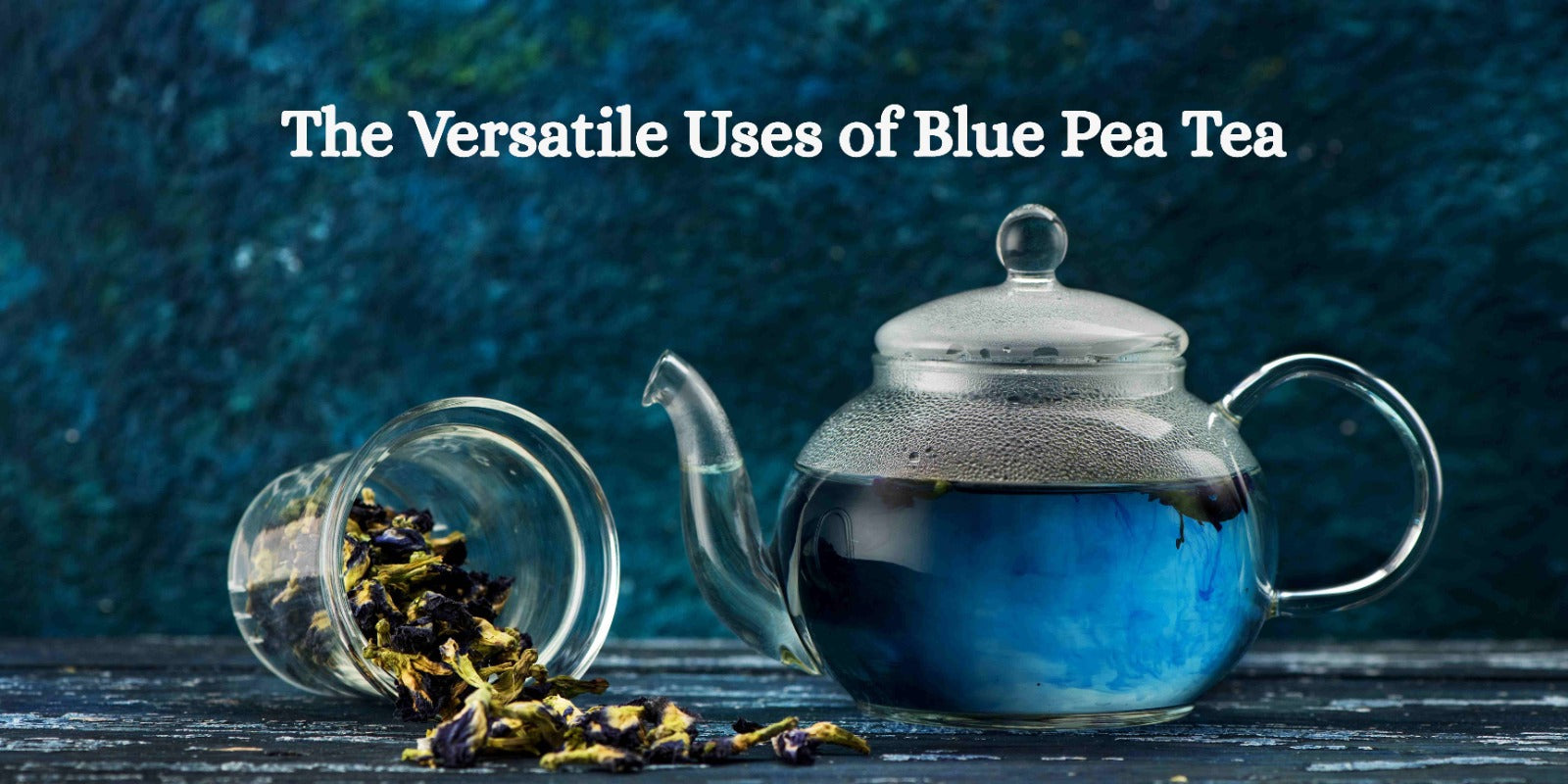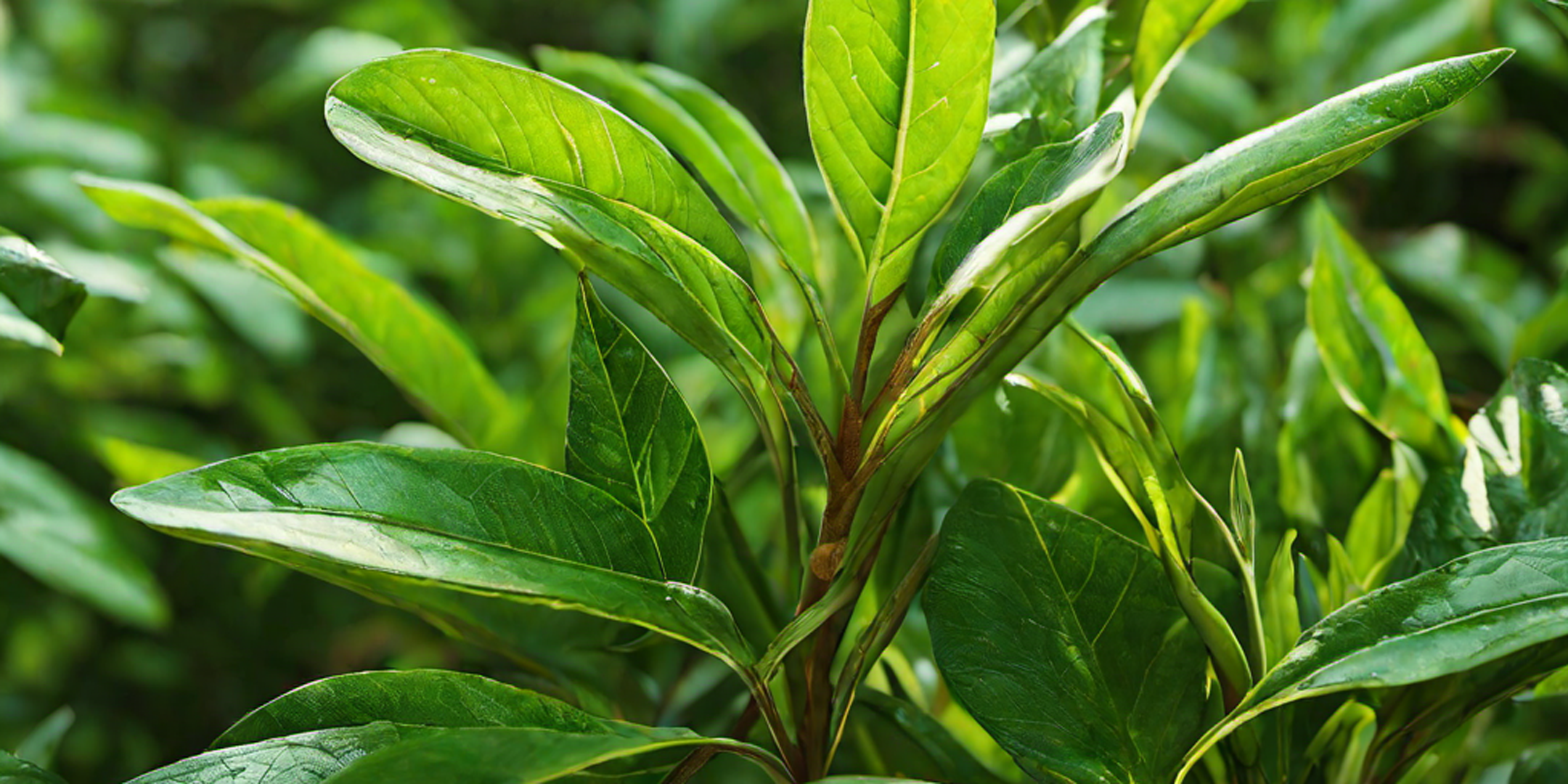There’s something special about a perfect cup of tea. The warm aroma, the smooth taste, and the comfort it brings can lift your mood on any day. But did you know the secret to the best-tasting tea is not only the tea leaves — but also clean teaware?
Just like a clean kitchen makes cooking better, clean teaware makes your tea taste fresh and pure. Over time, tea stains and old leaves can leave behind oils, marks, and even bacteria. So, giving your teapots, cups, strainers, and kettles a regular deep clean is important.
Let’s walk through how to clean your teaware and why it matters.
Why Cleaning Teaware is Important
When you drink tea every day, your teapots and cups slowly collect:
-
Tea stains (brown marks inside the cups and teapots).
-
Oils from the tea leaves.
-
Mineral deposits from hard water.
-
Old, dry bits of leaves in strainers and infusers.
The flavor of your tea will be negatively affected if these are not cleaned properly. The fresh and pure flavor of your favorite tea could be lost under old residue. A clean teapot gives you the real taste, every time!
How to Clean Your Teapots and Cups
Whether you use ceramic, glass, or porcelain teaware, these simple steps can make them look like new.
1. Rinse After Every Use:
After drinking tea, rinse your teapot and cups with warm water. This stops stains from forming.
2. Use Baking Soda for Deep Cleaning:
If brown stains show up, add one spoon of baking soda and warm water to the cup or teapot. Be sure to scrub the surface gently with a soft sponge. Baking soda is natural, safe, and great for removing tea stains.
3. For Tough Stains - Vinegar Soak:
Use a ratio of 1 part white vinegar to 3 parts water when mixing. Once you've filled your teapot or cup, leave it for 1 to 2 hours. Soaking followed by a good rinse will make your teaware shine again.
How to Clean Your Kettle
The process of boiling water in kettles results in the formation of white spots, or limescale. These are from minerals in water. If you don’t clean them, your kettle won’t last long.
-
Prepare a solution of equal parts vinegar and water and fill half the kettle with it.
-
First, bring the mixture to a boil. Let it stand for 15 to 20 minutes after boiling.
-
Pour it out and rinse the kettle.
-
Boil plain water once or twice to eliminate the vinegar scent.
If you prefer a natural scent, you can also boil slices of lemon in water to clean and refresh your kettle.
How to Clean Tea Strainers and Infusers
Tea strainers and infusers are great for loose-leaf tea, but they can hold tiny tea leaves and stains.
-
Rinse them right after use.
-
Soak them in warm water with baking soda for 20 minutes.
-
To remove stuck bits, use a soft brush or an old toothbrush.
-
Rinse well and let them dry.
Let Them Dry Properly
After washing, always let your teaware dry in open air before storing it. Damp cups or pots can grow mold or bacteria if kept closed while still wet.
Special Care for Special Teaware
-
Cast Iron Teapots: Avoid soap. Rinse with hot water and wipe dry.
-
Clay Teapots (Yixing): Use only water to clean, no soap, to keep the natural tea flavor.
-
Glass Teapots: Handle gently and avoid sudden changes in temperature to stop cracks.
Fresh Teaware, Fresh Tea
A clean teaware set doesn’t just look pretty — it gives you a cleaner, richer, and healthier tea experience. Regular cleaning is a small but important step for all tea lovers.
So, the next time you sit down with your favorite brew, you can enjoy knowing your cup is as fresh as the tea inside it.




